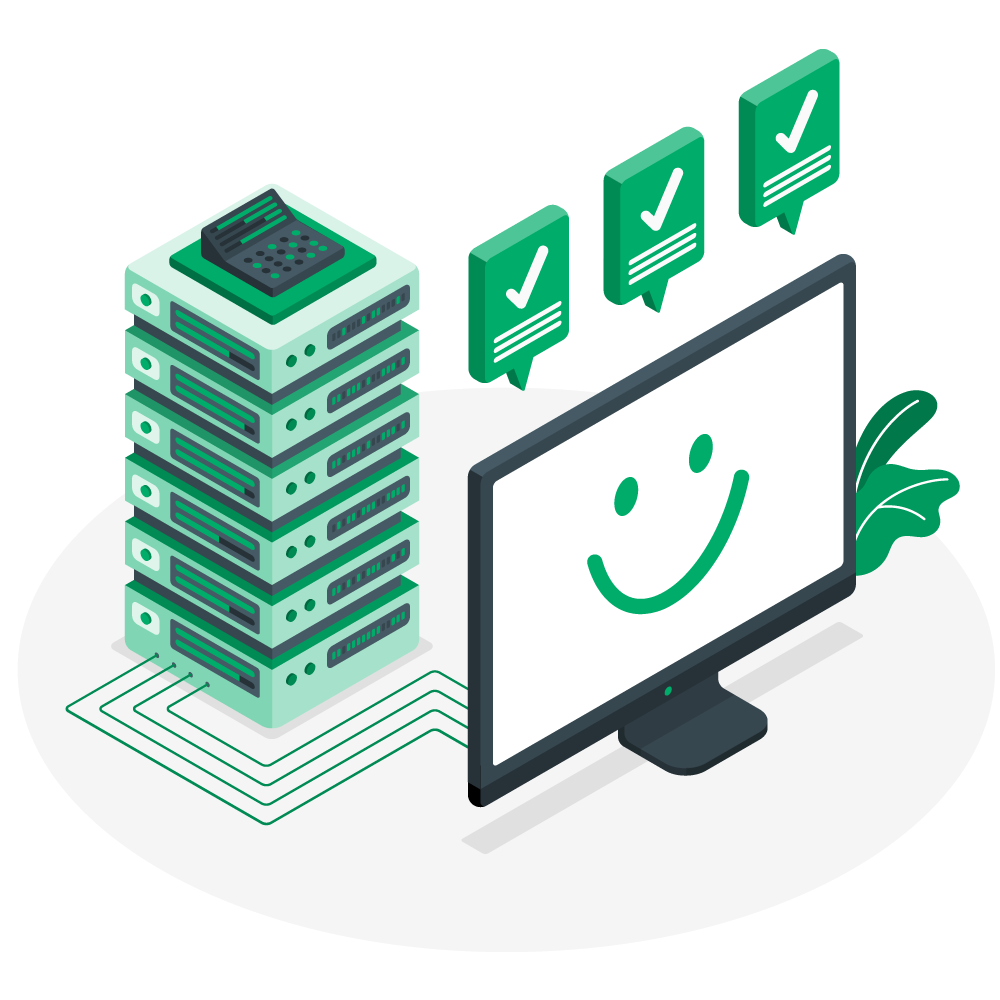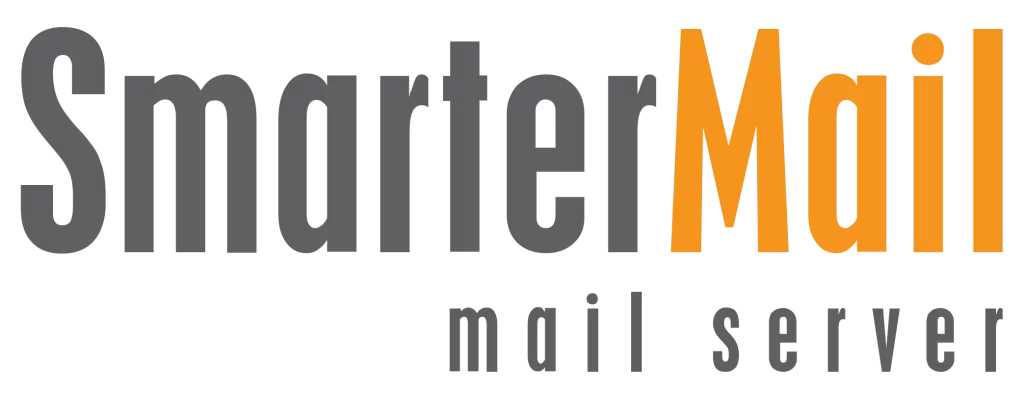AWS has revolutionized the world of cloud computing. It changed how businesses manage their digital infrastructure. If you’re new to AWS, understanding the ins and outs of cost management is crucial, and that’s where AWS Cost and Usage Report comes into play. In this detailed guide, we’ll break down the concept of AWS Cost and Usage Report and tell you everything in detail. Let’s get started.
Table of Contents
What is AWS Cost and Usage Report?
The AWS Cost and Usage Report is like a helpful tool from Amazon Web Services (AWS) that gives you a close look at how much you’re spending and using AWS resources. It’s kind of like a detailed report card that shows exactly where your organization is using AWS services and where the money is going. This report is super useful for businesses and people who want to keep a close eye on, understand, and make the best use of their money when using AWS services.
Why Does AWS Cost and Usage Report Matters?
The AWS Cost and Usage Report is crucial for several reasons, playing a pivotal role in effective cost management and resource optimization within the Amazon Web Services (AWS) ecosystem. Here’s why it holds significant importance:
1. Financial Transparency
The report provides a clear and transparent view of your AWS spending. Understanding where your money is going is essential for financial management.
2. Detailed Expense Breakdown
It breaks down your AWS spending into specific categories, services, and resources. This granularity allows you to pinpoint areas of high expenditure and identify potential cost-saving opportunities.
3. Budgeting and Planning
With insights from the report, you can create accurate budgets and forecasts based on historical data. This enables proactive financial planning, preventing unexpected surprises in your AWS bill.
4. Resource Optimization
By analyzing usage patterns, you can identify underutilized resources or services. This knowledge empowers you to optimize your AWS infrastructure, ensuring that you only pay for what you need.
5. Cost Accountability
The ability to allocate costs to specific teams, projects, or departments through tagging promotes accountability. It helps organizations understand which areas contribute most to their AWS spending.
6. Alerts and Notifications
AWS Cost and Usage Reports can be used in conjunction with AWS Budgets to set up alerts. This ensures that you receive notifications when your spending approaches or exceeds predefined thresholds, allowing for timely intervention.
7. Strategic Decision-Making
Armed with comprehensive spending data, organizations can make informed decisions about resource allocation, scaling, and adopting cost-effective strategies for the future.
8. Customization for Specific Needs
The flexibility to customize the report based on specific requirements (time intervals, services, granularity) ensures that users can focus on the aspects most relevant to their business goals.
9. Historical Analysis
Historical data provided by the report allows for in-depth analysis. You can track trends, understand seasonality in resource usage, and make strategic adjustments to optimize costs over time.
10. Supports Multi-Account Environments
For organizations with multiple AWS accounts, the report provides an organizational view, helping consolidate spending data for a holistic understanding of overall costs.
Transform your AWS billing experience with LeasePacket – Your trusted AWS billing partner. Explore the benefits now!
How the AWS Cost and Usage Report Works
Understanding how the AWS Cost and Usage Report works is key to managing your expenses within the AWS cloud environment. Here’s a simplified breakdown of the process:
1. Activation
To get started, you need to turn on the AWS Cost and Usage Report feature in the AWS Management Console. This is like flipping a switch to start tracking your spending and resource usage.
2. Configuration
Once activated, you’ll need to set up the report according to your preferences. Think of this step like adjusting the settings on your favorite app. You get to choose how often you want the report (daily or hourly), the time range it covers, and other specific details.
3. Data Scope
Decide what you want to include in your report. This could be a specific time period, certain AWS accounts, or particular types of resources. It’s like customizing your report to focus on the things that matter most to you.
4. Storage Location
Your AWS Cost and Usage Report needs a home, and that home is an Amazon Simple Storage Service (S3) bucket. Think of this bucket as a secure digital folder where your reports will be stored.
5. IAM Role Setup
To ensure that AWS can safely deliver your reports to the S3 bucket, you set up an Identity and Access Management (IAM) role. This is like giving the delivery person the key to drop off your packages securely.
6. Automatic Delivery
Once everything is set up, AWS takes care of the rest. Your reports are generated automatically based on your configurations and delivered to the S3 bucket you specified. It’s like having a personal assistant who compiles all your spending information and neatly organizes it for you.
Cons of AWS Cost and Usage Report
Cons of AWS Cost and Usage Report (CUR) are as follows:
1. Learning Curve
Understanding and configuring the AWS Cost and Usage Report may have a learning curve for beginners or those unfamiliar with AWS billing intricacies.
2. Setup Complexity
Setting up the report involves configuring various settings, such as S3 bucket and IAM roles, which may be perceived as complex by some users.
3. Frequency Limitations
Reports can be generated either hourly or daily, but more frequent intervals (e.g., per minute) may not be supported, limiting real-time visibility.
4. Requires AWS Budgets for Alerts
To receive alerts, users need to set up AWS Budgets in conjunction with the AWS Cost and Usage Report, adding an additional step.
5. Potential Overwhelming Detail
The detailed nature of the report may overwhelm users who are looking for a more high-level summary of their AWS spending.
6. Continuous Monitoring Needed
To derive maximum benefit, continuous monitoring and analysis of the report are necessary, which may require dedicated resources.
How to Set Up AWS Cost and Usage Report
Setting up AWS Cost and Usage Report involves several steps to ensure accurate reporting and delivery of cost-related data. Here’s a step-by-step guide to help you set up AWS Cost and Usage Report:
1. Access AWS Management Console
Open the AWS Management Console and sign in to your AWS account.
2. Navigate to AWS Cost Explorer
In the AWS Management Console, navigate to the AWS Cost Explorer service.
3. Activate AWS Cost and Usage Reports
- In the Cost Explorer console, choose “Cost and Usage Reports” from the left navigation pane.
- Click on the “Enable Cost Explorer” button.
4. Configure Report Settings
- After enabling Cost Explorer, click on the “Go to Cost Explorer” button.
- In the Cost Explorer console, select the “Create report” button.
- Choose the desired settings for your report, including report name, time range, granularity (hourly or daily), and report format (CSV or Parquet).
5. Define Report Scope
- Configure the report’s scope by selecting which accounts and resources you want to include.
- You can filter the report based on specific linked accounts, time periods, and service usage.
6. Set Up Storage Location
- Specify the Amazon Simple Storage Service (S3) bucket where you want AWS to deliver your report.
- You can use an existing S3 bucket or create a new one. Ensure that the bucket is in the same AWS region where you activated the AWS Cost and Usage Report.
7. Configure IAM Role
- Set up an Identity and Access Management (IAM) role to grant AWS the necessary permissions to deliver reports to your designated S3 bucket.
- Follow the prompts to create a new IAM role or use an existing one.
8. Review and Confirm
- Review your configuration settings to ensure accuracy.
- Confirm your choices and proceed to create the report.
9. Accessing the Reports
Once the setup is complete, AWS will automatically generate and deliver the reports to the specified S3 bucket according to your chosen frequency and time range.
10. Verify and Monitor
- Check your S3 bucket to ensure that the reports are being delivered correctly.
- Monitor the reports regularly to gain insights into your AWS spending patterns and usage.
Additional Tips:
- Ensure that you have the necessary permissions to set up IAM roles and access the required AWS services.
- Consider naming conventions and organization for your S3 bucket to keep your reports well-organized.
- AWS Cost and Usage Report may take a few hours to generate initially. Be patient as the data accumulates.
By following these steps, you can effectively set up AWS Cost and Usage Report and gain valuable insights into your AWS spending, enabling better cost management and optimization.
Best Practices to enhance your AWS Cost and Usage Report
Effectively managing your AWS costs requires a strategic approach. Here are some best practices to enhance your AWS Cost and Usage Report (CUR) and optimize your cloud spending:
1. Regularly Review and Analyze Reports
Schedule regular reviews of your AWS Cost and Usage Report. Analyze trends, identify outliers, and look for opportunities to optimize costs.
2. Implement Resource Tagging
Use resource tagging to categorize and label your AWS resources. This helps in accurate cost allocation, enabling you to understand which teams or projects are using specific resources.
3. Leverage AWS Budgets
Set up AWS Budgets in conjunction with CUR to receive alerts when spending approaches or exceeds predefined thresholds. This proactive approach helps in timely cost management.
4. Use Reserved Instances (RIs)
Consider using Reserved Instances for predictable workloads. RIs offer significant cost savings compared to On-Demand instances but require a commitment for a specific term.
5. Explore Spot Instances
For fault-tolerant and flexible workloads, leverage Spot Instances. These can provide substantial cost savings, especially for batch processing and non-time-sensitive tasks.
6. Implement AWS Cost Explorer
Combine the insights from AWS Cost and Usage Report with AWS Cost Explorer. This tool provides a graphical interface for visualizing and understanding your AWS costs.
7. Understand Blended vs. Unblended Costs
Understand the difference between blended and unblended costs. Unblended costs show the exact cost of each resource, while blended costs represent an average across all resources.
8. Optimize Data Transfer Costs
Minimize data transfer costs by choosing appropriate AWS regions for your resources. Utilize AWS Direct Connect or Amazon CloudFront strategically.
9. Explore Reserved Capacity for Services
For certain AWS services, such as Amazon RDS or Amazon Redshift, explore options for reserved capacity to achieve cost savings.
10. Utilize AWS Cost Anomaly Detection
Take advantage of AWS Cost Anomaly Detection to receive alerts about unexpected spending patterns, helping you identify potential issues early.
11. Consider Savings Plans
Evaluate AWS Savings Plans, which offer significant savings compared to On-Demand pricing, providing flexibility across a variety of services.
12. Explore Cost Allocation Reports
Use the Cost Allocation Reports in conjunction with AWS CUR to gain a detailed understanding of how costs are distributed across your organization.
13. Automate Cost Reporting
Automate the generation and delivery of AWS Cost and Usage Report to your Amazon S3 bucket. This ensures consistency and eliminates manual efforts.
14. Continuous Learning and Training
Stay informed about new AWS pricing models and services.
Conclusion
Understanding your costs and usage is foundational for effective cloud management. AWS Cost and Usage Report offers a powerful tool to gain insights, make data-driven decisions, and optimize your cloud expenses. By following best practices and regularly analyzing your reports, you can navigate the AWS cost landscape with confidence, ensuring a cost-effective and efficient cloud environment for your business.
Remember, AWS Cost and Usage Report isn’t just about tracking expenses; they are a strategic tool to empower you in making informed decisions that align with your organizational goals.

























